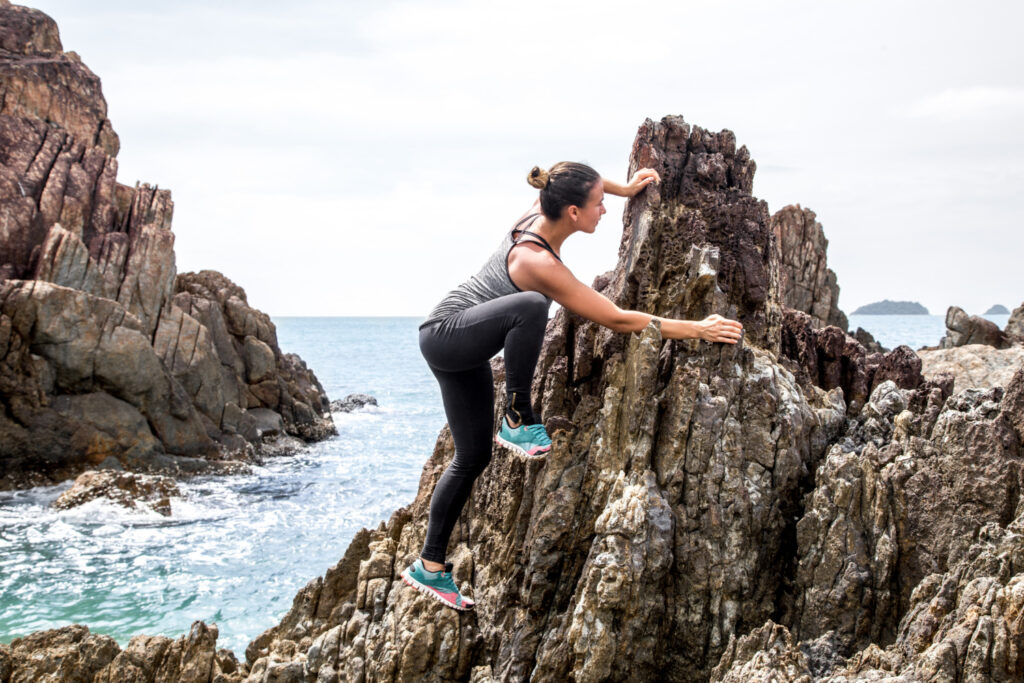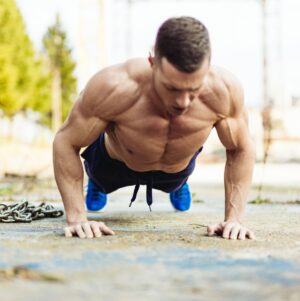Introduction to Race Walking.
Race walking is a unique athletic discipline that requires a combination of speed, endurance, and technical proficiency. Unlike running, race walking is a form of walking where one foot must always be in contact with the ground. This sport has a rich history and is recognized as an Olympic event. In this article, I will delve into the rules, techniques, and tips for mastering the art of race walking, enabling you to achieve optimal performance in this challenging sport
The History of Race Walking.
Race walking has its origins dating back to the 17th century when it was a popular form of pedestrianism. In the early 20th century, race walking gained recognition as a competitive sport and was included in the Olympic Games in 1904. Over the years, race walking has evolved, with the establishment of specific rules and regulations to ensure fair competition. Today, it is a highly regarded discipline that requires athletes to maintain a specific walking technique to avoid disqualification.
Understanding the Rules of Race Walking.
To excel in race walking, it is crucial to have a thorough understanding of the rules. The primary rule is that race walkers must maintain contact with the ground at all times. This means that the leading leg must remain straight until the back leg is fully straightened, creating a visible knee lock. Failure to adhere to these rules can result in disqualification. Additionally, race walkers must always have one foot in contact with the ground, and the supporting leg must be straightened from the moment it makes contact with the ground until the body passes over it.

Key Techniques for Optimal Performance in Race Walking.
Mastering the key techniques of race walking is essential for achieving optimal performance. One crucial technique is maintaining an upright posture, with the shoulders relaxed and the head held high. This allows for efficient breathing and helps prevent unnecessary strain on the body. Another key technique is the proper arm swing, where the arms should be bent at a 90-degree angle and swing naturally in sync with the legs. This arm swing aids in maintaining balance and propulsion. Furthermore, race walkers should focus on achieving a smooth and efficient stride, with a quick turnover of the legs while maintaining the required technique.
Common Mistakes to Avoid in Race Walking.
While race walking may seem straightforward, there are some common mistakes that athletes should avoid. One common mistake is lifting the leading leg too high, which can lead to a loss of forward momentum and waste energy. Another mistake is overstriding, where the walker takes longer steps than necessary. This can result in a braking effect, slowing down the pace. It is also important to avoid excessive bending of the knees, as it can lead to an inefficient stride. By being mindful of these common mistakes, race walkers can optimize their technique and performance.
The Importance of Race Walking Speed and How to Improve It.
Race walking speed is a crucial factor in achieving success in this sport. The average race walking speed is around 10-15 kilometers per hour, with elite athletes reaching speeds of up to 20 kilometers per hour. To improve race walking speed, athletes can focus on various aspects of their training. Endurance training plays a vital role, with long-distance walks and interval training helping to build stamina. Incorporating strength training exercises, such as squats and lunges, can also enhance power and speed. Additionally, working on flexibility through stretching exercises can improve stride length and overall speed.
Training Exercises and Drills for Race Walking.
To excel in race walking, athletes need to incorporate specific training exercises and drills into their routine. One effective drill is the “heel-to-toe” exercise, where walkers focus on landing on their heels and rolling through to the toes with each step. This helps in maintaining contact with the ground and achieving the required technique. Another useful drill is the “hip rotation” exercise, where walkers practice rotating their hips to generate power and enhance stride length. Additionally, interval training, hill repeats, and core strengthening exercises are valuable additions to a race walker’s training regimen.

Race Walking Competitions and Events.
Race walking competitions provide an opportunity for athletes to showcase their skills and compete against others. The most prestigious race walking event is the Olympic Games, where walkers from around the world gather to compete for gold. Other notable competitions include the World Championships and national championships. These events offer a platform for athletes to challenge themselves and set new personal records. Participating in races of varying distances, such as 10 kilometers or 20 kilometers, allows walkers to gain experience and improve their race strategy.
Race Walking Gear and Equipment.
The right gear and equipment can greatly enhance a race walker’s performance and comfort. Investing in a good pair of race walking shoes is essential, as they provide the necessary support and cushioning. These shoes are specifically designed with a flexible sole and reinforced heel to facilitate the required technique. Wearing lightweight and breathable clothing is also important to ensure optimal comfort during races. Additionally, using accessories such as wristbands and sunglasses can help walkers stay focused and protect against sweat and glare.
Conclusion and Tips for Further Improvement in Race Walking.
Mastering the art of race walking requires dedication, practice, and a commitment to constant improvement. By understanding the rules, honing key techniques, and avoiding common mistakes, race walkers can optimize their performance. Remember to focus on speed and incorporate training exercises and drills that target specific aspects of race walking. Engaging in competitions and investing in appropriate gear and equipment will further enhance your experience in this unique sport. Keep pushing yourself, and always strive for personal growth and improvement as you continue your journey in race walking.
Take the first step towards mastering race walking today. Lace up your shoes, hit the track, and let the rhythm of your stride guide you towards optimal performance in this exhilarating sport.


